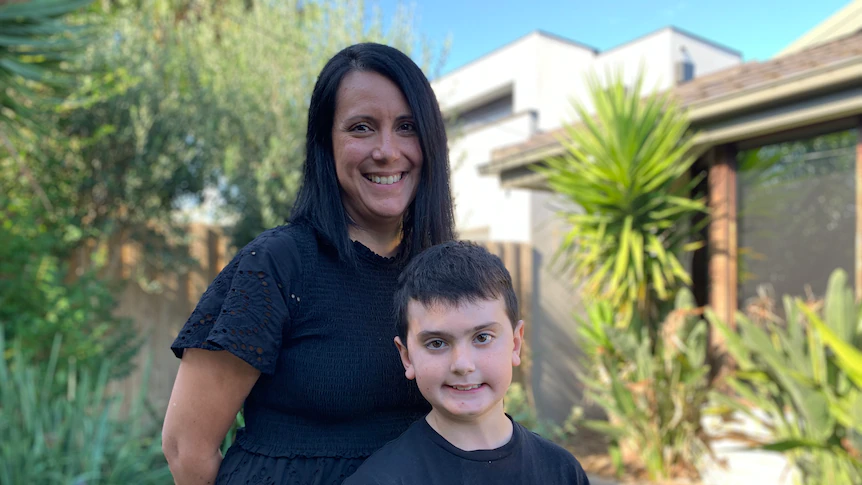The article below is by ABC News. Read the original article here.
Kaden McCarthy, 10, lives with autism and has difficulty using and interpreting verbal and non-verbal communication.
With financial support through the National Disability Insurance Scheme (NDIS), he’s been able to get weekly early-intervention therapies, which his mother Sarina says have been critical to his development.
But following a recent review, Kaden’s funding was unexpectedly slashed by more than 50 per cent from $42,000 to $17,500 per year.
“I got an email to say they just saw Kaden’s funding was not value for money and what I was asking for was unnecessary,” Sarina McCarthy told the ABC.
Kaden will now receive only 20 hours of occupational therapy per year, down from 30 hours, 20 hours of speech therapy, down from 30, and 15 hours of child psychology, down from 30 hours.
The cut was a decision made by the National Disability Insurance Agency (NDIA), the government agency which runs the NDIS.
Ms McCarthy’s appealing against the cut at the Administrative Appeals Tribunal (AAT), which reviews decisions made by government departments and ministers about the NDIS, Centrelink payments, visas and other issues.
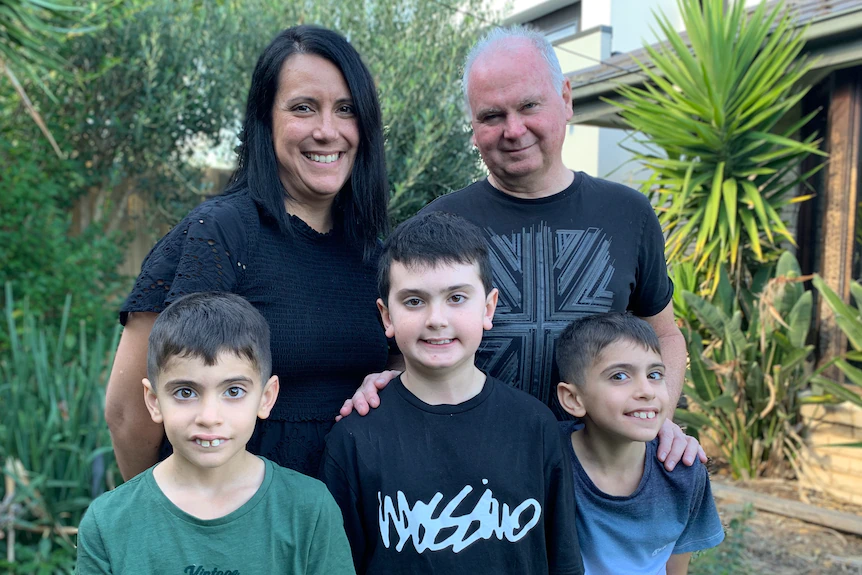
“If he is missing out on weekly speech therapy, it just means he will regress over time,” she said.
Ms McCarthy was last at the AAT in 2020, successfully appealing against previous changes to Kaden’s plan.
In July, she will return to personally represent her son, going up against professional lawyers.
She fears she will have to front the tribunal again this year on behalf of her other sons, Liam and Cooper, who also live with autism.
Both boys are on the NDIS, and their plans are up for review in a few months.
“There’s just too much red tape,” Ms McCarthy said.
“It’s too confusing, it’s too hard to navigate and it’s quite stressful — not just for myself, but for people with disabilities all around Australia.”
‘Significant and unexpected cuts’ leading to flood of appeals
Disability advocates and legal services say there has been a large spike in the number of NDIS participants who have reported having their funding slashed in recent months, with many taking their cases to the AAT.
A number of people, such as the McCarthys, have reportedly been told their treatment did not represent value for money.
The latest NDIS quarterly report shows the average plan budget fell by 4 per cent in 2021 to about $68,000. Prior to that, it increased every year.
While appeals against NDIS decisions have steadily grown since the birth of the scheme, they have skyrocketed in recent months.
The AAT says 4,656 applications for reviews of NDIS decisions were filed between July 1, 2021, and March 31, 2022, compared to 1,259 during the same period in 2020-21 — a 270 per cent increase.
During that time, 55 per cent of appeals against NDIA decisions were successful — the highest rate of any AAT caseload.
In February this year, a Senate estimates committee heard the NDIA had spent about $22 million on external legal fees since the start of the 2021-22 financial year.
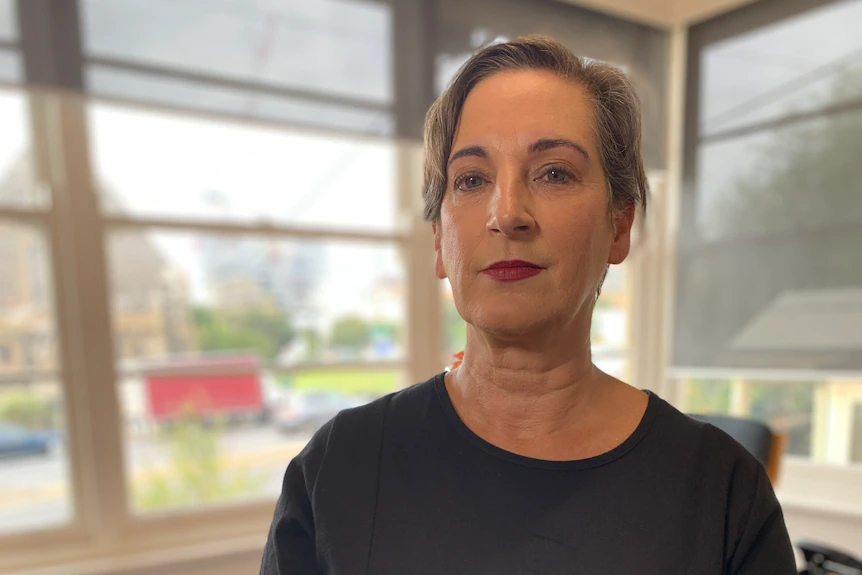
Naomi Anderson, principal solicitor at Villamanta Disability Rights Legal Service in Geelong, said calls to the practice about “significant and unexpected cuts” had ramped up over the last six to eight months.
In one case the service was looking at, Ms Anderson said, someone had their funding cut by 93 per cent without any warning.
“We’re having people calling in severe distress,” Ms Anderson said.
“These are the kinds of situations we are seeing that we never used to see before, where it is a massive, sudden, unexpected cut for no apparent reason.”
‘We’re talking the Hunger Games’
Ms Anderson said the AAT system, which was “only ever meant to be for a very small proportion of participants”, had become congested.
Instead of it taking six to eight weeks for someone to get before the AAT, she said it was now in some cases taking four or five months.
For some, that means cuts come into effect before their case can be reviewed, while others are pleading to get a hearing.
“The AAT can’t cope with the influx, the NDIA’s lawyers can’t cope with the influx, and the advocates can’t, so everything is getting slower and slower,” she said.
“It means that the wait times are not getting any less, and people in very dire and desperate situations have nowhere to go.
“We’re talking the Hunger Games, effectively, of who can highlight the most risks, who can explain the reason why they should be heard first, why they should have a directions hearing urgently so that their matter can be dealt with more quickly.”
Ms Anderson said it was “totally unacceptable” people who the AAT had found in favour of still did not have their revised plan months later.
“Recently [we’ve seen one case wait] 120 days, another one 70 days — and that is only with us calling, emailing and following up constantly,” she said.
“People go through all of this work, all of this process … and the supports are still unavailable because that very last step, that creation of a new plan with funding in it, hasn’t happened.
“It’s like a government agency at war with the people it’s supposed to be supporting, and dragging that war out even after they’ve lost.”
‘I just want to live like everybody else’
Anna, who lives with muscular dystrophy, is another NDIS participant acquainted with AAT wait times.
The Victorian woman, who asked that her surname not be published, is still waiting to receive funding for accommodation despite the AAT ruling in her favour in February.
Anna applied for NDIS funding in 2021 for specialist disability accommodation that would allow her to move out of her family home, where she has lived for 56 years, and have her independence.
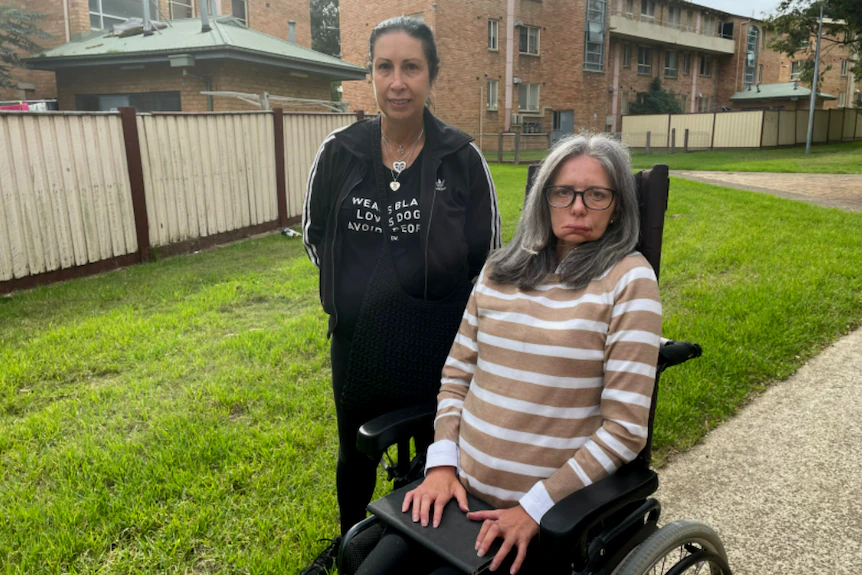
The NDIA instead approved funding for a type of accommodation that does not exist in Victoria.
This month, more than a year after her application and 72 days after the AAT ordered the NDIA to fund it, Anna got confirmation of her desired plan.
Her waiting period far surpassed the time frame set out under NDIS legislation stipulating the government must act on an AAT ruling within 28 days.
Talking to the ABC through her support worker, Anna said while she would prefer not to speak out, there were “too many people going through what I went through”.
“I was very nervous [at the AAT],” she said. I’ve never done anything like that before.
“Why did it have to go that far to prove something that they already knew?”
Anna said the tribunal process to secure her independence caused “unnecessary anguish and frustration”, negatively impacting her mental health and wellbeing.
“If you want things that bad you have to fight for them, but it shouldn’t have to come to that extreme,” she said.
“I just want to live independently and to live like everybody else. We all deserve that life.”
Increase in appeals ‘reflective’ of scheme growth
A spokesperson from the NDIA said it was continuing to make decisions in accordance with the NDIS act, and working “to improve the NDIS and our participants’ experience with the scheme”.
In 97 per cent of AAT cases during the December 2021 quarter, the NDIA instituted AAT rulings within 28 days, the agency said.
“The NDIA fully respects a participant’s right to request a review of a reviewable decision,” the spokesperson said.
“The legal spend on AAT matters is generally reflective of the increase in the number of NDIS participants, which flows onto the appeal process.”
The spokesperson also said that during the December 2021 quarter the volume of AAT cases represented 1.5 per cent of the more than 500,000 people who had been accepted into the scheme.
A spokesperson for NDIS Minister Linda Reynolds said the increase in AAT applications reflected a combination of more participants and the scheme maturing.

“What we are also seeing is … the nature of applications changing over time as appeals shift from access decisions to support decisions,” the spokesperson said in a statement.
They also said the scheme was “continuously improving” and being administered “as per the NDIS act designed by the [Labor] Gillard government, with an insurance-based approach”.
The spokesperson also noted the number of participants who reported being satisfied with the planning process was 83 per cent over the December 2021 quarter.
NDIS in the spotlight
The future of the NDIS has become a big talking point during the election campaign.
A national “day of action” was held on Thursday to highlight concerns around the NDIS and the impact on the wider disability community.
The Coalition has warned the scheme is facing sustainability issues and growing faster than expected, saying last year spending was on track to surpass that of Medicare.
It used that rhetoric while campaigning for its now-scrapped and controversial independent assessment reforms, which were almost unanimously opposed by the disability community.
Disability advocates say the NDIS should not be seen as a blow to the budget’s bottom line, but as an investment that gives people with disability greater control over their lives and allows them to participate more in society.
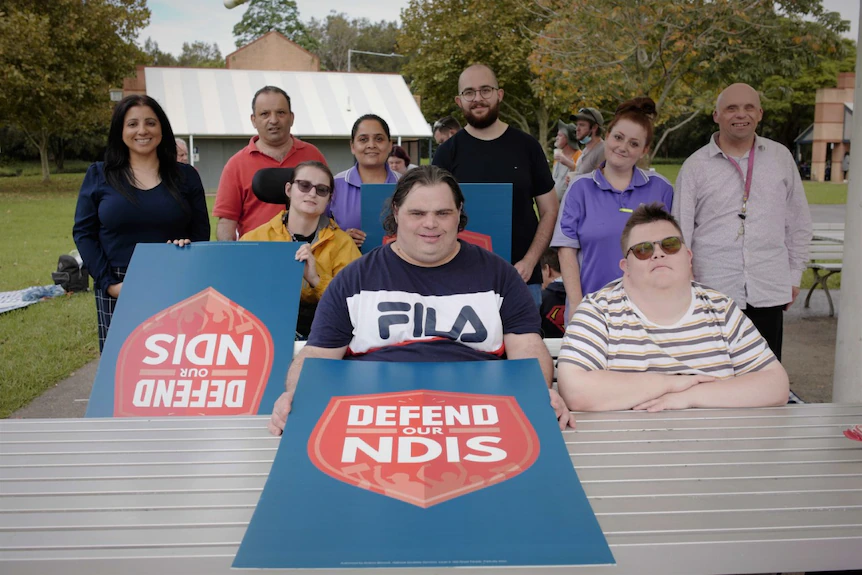
According to modelling by think tank Per Capita, for every dollar spent on the NDIS, $2.25 is delivered back to the Australian economy.
In his budget speech last month, Treasurer Josh Frydenberg pledged $157.8 billion over four years for the NDIS and said it would “always be fully funded” under the Coalition.
“The Morrison government has delivered year-on-year funding increases to this world-leading scheme, growing from around $8 billion before the NDIS to $33.9 billion budgeted for 2022-23,” the spokesperson for Senator Reynolds said.
Labor last week unveiled a six-point plan to “return the scheme to its original vision” if it won the election, including a new review.
“What we’ll do is stop the expensive carpet-bagging consultants and the top-end-of-town lawyers growing rich on taxpayer money to stop people getting their wheelchairs or home shower modifications,” Labor’s NDIS spokesman Bill Shorten said.
Editor’s note: This story has been updated to remove a suggestion that Labor failed to respond to questions from the ABC. The party did respond to the questions that were put to it for this story.

